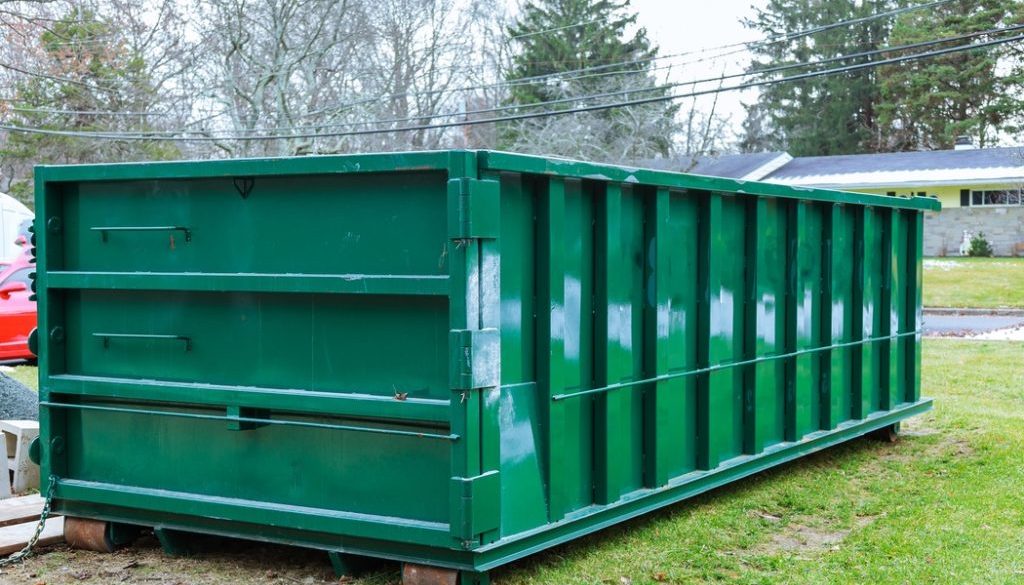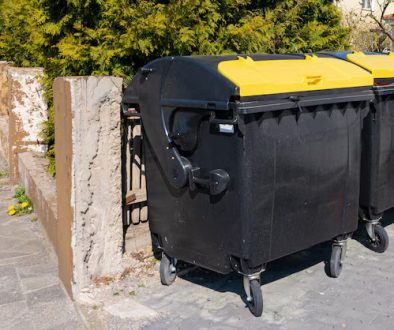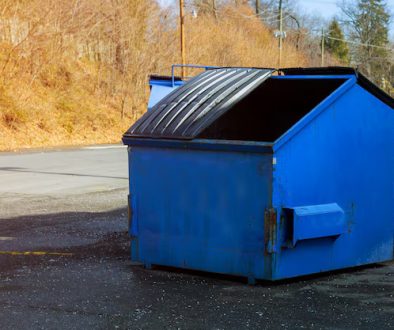Hiring a skip for your home renovation project or spring clean is a great way to get rid of all the unwanted junk and rubbish quickly and easily. But what is skip hire, and how does it work? Here is a complete guide to skip hire to help you get started.
What Is Skip Hire?
Skip hire companies that rents out large metal containers, called skips, which can be used to store waste during a home renovation or spring clean. The skip hire company will drop off the skip at your home and then come and collect it when it is full.
Hiring a skip is a pretty convenient way to get rid of large amounts of waste quickly and easily. It is also often a lot more affordable than asking the local council to come and collect it for you.
If you’re planning on hiring a skip, then you will need to make sure that you have enough space on your property to store the skip. You will also need to make sure that the skip is placed on a level surface so that it does not tip over.
Once you have decided where you’re going to place the skip, you can fill it with your unwanted junk and rubbish. Make sure that you don’t overfill the skip, as this can be dangerous.
Once the skip is filled, you will need to contact the skip hire company to come and collect it. They will usually collect the skip within a day or so.
What Are the Different Skip Sizes?
Skip sizes can vary depending on the company and the type of waste being disposed of. The most common skip sizes are 2, 4, 6 and 8-yard skips.
2-yard skips are ideal for smaller projects such as clearing out a garage or shed. They can hold up to 30 bin bags of waste.
4-yard skips are the most popular size and are perfect for most domestic projects such as kitchen or bathroom renovation. They can hold up to 60 bin bags of waste.
6-yard skips are ideal for larger domestic projects or commercial use. They can hold up to 90 bin bags of waste.
Finally, 8-yard skips (commonly known as Builders Skips) are the largest size and are mainly used for commercial waste disposal. 8-yard skips can hold up to 120 bin bags of waste.
What Types of Waste Are You Not Allowed to Put in a Skip?
In general, you can put most types of waste in a skip. This includes things like wood, metal, garden waste, and general household waste. However, there are some types of waste that you cannot put in a skip. This includes things like plasterboard, asbestos, chemicals, oil, and paint. If you’re not sure about whether or not you can put something in a skip, it’s always best to check with your skip hire company beforehand.
Asbestos
Asbestos is a dangerous material that can cause serious health problems if inhaled. It’s crucial to note that you cannot put asbestos in a skip. If you’re doing a renovation project that involves asbestos, you’ll need to make arrangements for its disposal before you start work. Some skip hire companies can provide specialised asbestos disposal services, so be sure to ask about this when you’re booking your skip.
Chemicals
Chemicals can be dangerous if they’re not disposed of properly. For this reason, you cannot put chemicals in a skip. If you have any chemicals that need to be disposed of, you’ll need to make special arrangements with your skip hire company.
Paint
Paint is another type of waste that you cannot put in a skip. This is because paint cans often contain hazardous materials that can be harmful to the environment. If you have any paint that needs to be disposed of, you’ll need to make special arrangements with your skip hire company, or take it for disposal at your local recycling centre.
How Do You Keep Costs Down When Hiring a Skip?
Hiring a skip can be a great way to get rid of large amounts of waste, but it can also be quite an expense. Here are a few tips on how to keep costs down when hiring a skip:
Compare Skip Sizes
Not all skips are the same size, so it’s important to compare the sizes of different skips before you hire one. The size of the skip will affect the price, so you’ll want to make sure that you choose a size that’s appropriate for your needs.
When it comes to choosing a skip size, there are a few things you’ll need to take into account. The first is the amount of waste you have to dispose of. This will help you determine the volume of the skip you’ll need.
The second thing to consider is the type of waste you’re disposing of. Some types of waste take up more space than others. For example, construction waste such as bricks and concrete will take up more space than general household waste.
Once you’ve considered all of these factors, you’ll be able to choose the right skip size for your needs.
Fill the Skip Carefully
When it comes to filling a skip, there are a few things you need to keep in mind. First, make sure you’re not overloading the skip. The skip hire company may charge you an extra fee if the skip is overloaded. Second, try to fill the skip evenly. This will make it easier for the company to transport the skip and will help prevent any spillage. Finally, make sure you’re not filling the skip with any hazardous materials. If you do, the company may refuse to take the skip.
Final Thoughts
Skip hire is a convenient way to dispose of waste. However, there are a few things you need to keep in mind. First, make sure you choose the right size skip. Second, make sure you’re not overloading the skip. Third, make sure you’re not filling the skip with any hazardous materials. If you follow these tips, you should have no problem getting rid of your waste.
Get rid of your waste with the help of Enviro Skip Hire. We are a skip hire in Cheshire with a wide range of skip sizes and aggregates. Operating from two environment agency licensed transfer stations in South and Mid Cheshire, we are ideally located to provide fast, efficient and friendly service to homes and businesses from all over the county. Get a quote now!




